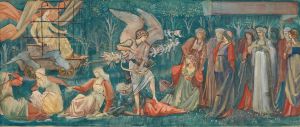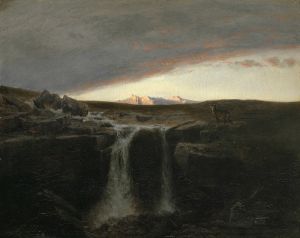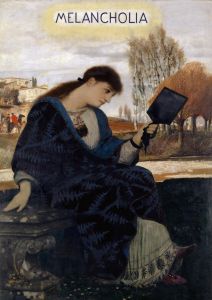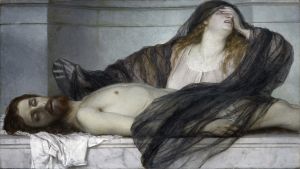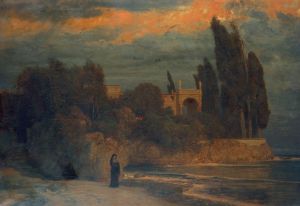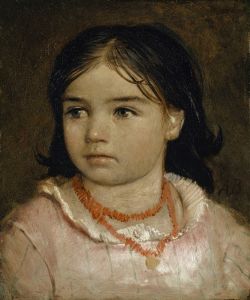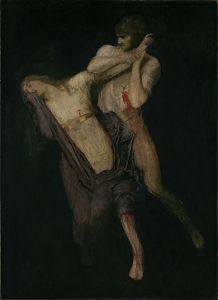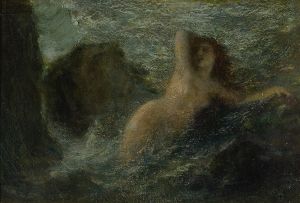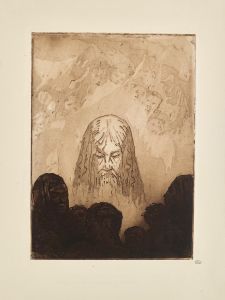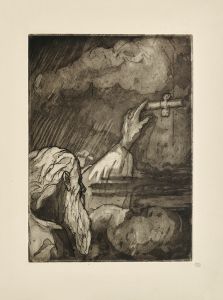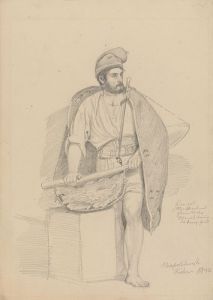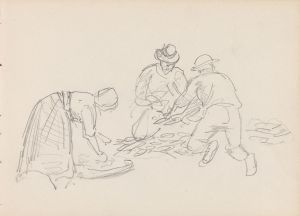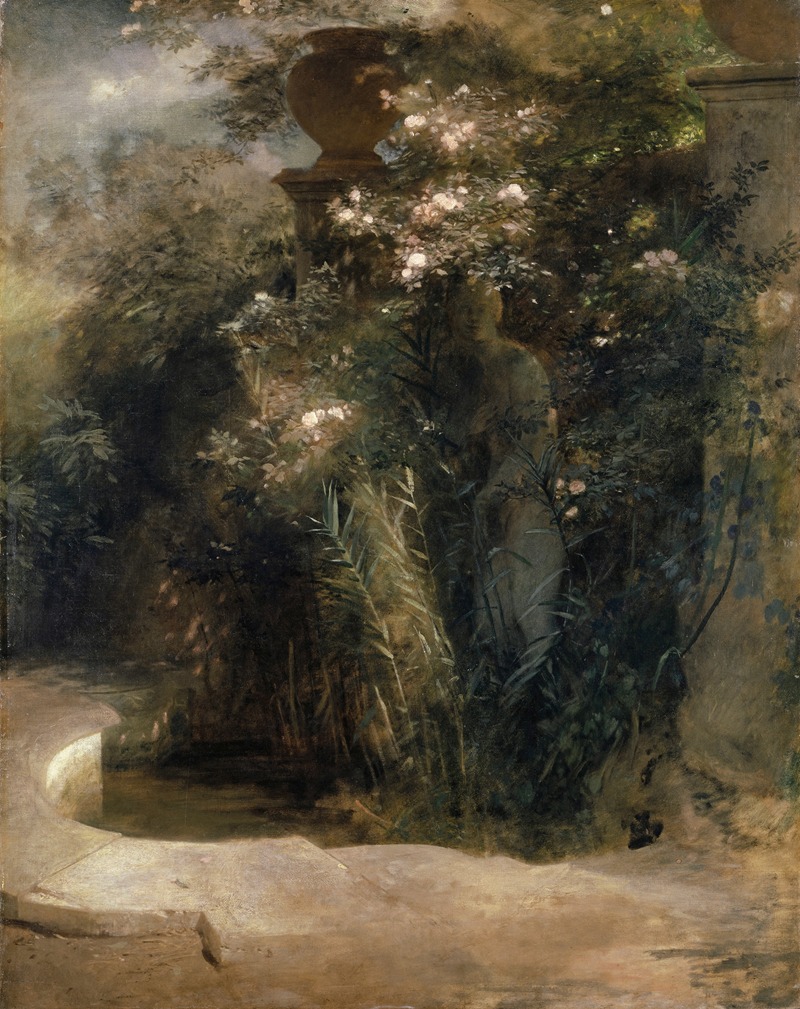
Venus Abandoned
A hand-painted replica of Arnold Böcklin’s masterpiece Venus Abandoned, meticulously crafted by professional artists to capture the true essence of the original. Each piece is created with museum-quality canvas and rare mineral pigments, carefully painted by experienced artists with delicate brushstrokes and rich, layered colors to perfectly recreate the texture of the original artwork. Unlike machine-printed reproductions, this hand-painted version brings the painting to life, infused with the artist’s emotions and skill in every stroke. Whether for personal collection or home decoration, it instantly elevates the artistic atmosphere of any space.
Arnold Böcklin's "Venus Abandoned" is a notable work by the Swiss symbolist painter, known for his imaginative and often fantastical compositions. Böcklin, who lived from 1827 to 1901, was a significant figure in the Symbolist movement, which sought to express ideas and emotions through symbolic imagery and themes. His works often feature mythological subjects, dreamlike landscapes, and a distinctive use of color and form.
"Venus Abandoned" was painted in 1873, during a period when Böcklin was deeply engaged with mythological themes and exploring the intersection of human emotion and the natural world. The painting depicts the Roman goddess Venus, known as Aphrodite in Greek mythology, who is traditionally associated with love, beauty, and fertility. In this work, Böcklin presents Venus in a state of solitude and desolation, a departure from the typical portrayals of the goddess surrounded by admirers or in idyllic settings.
The composition of "Venus Abandoned" is marked by its melancholic atmosphere and the use of muted colors, which contribute to the sense of abandonment and introspection. Venus is depicted seated on a rocky outcrop, her gaze directed downward, suggesting a moment of contemplation or sorrow. The surrounding landscape is barren and desolate, reinforcing the theme of isolation. Böcklin's use of light and shadow adds depth to the scene, highlighting Venus's figure against the stark background.
Böcklin's choice to depict Venus in this manner reflects his interest in exploring the complexities of mythological figures, presenting them as multifaceted beings capable of experiencing a range of emotions. This approach aligns with the Symbolist movement's emphasis on conveying deeper meanings and exploring the human psyche through art.
"Venus Abandoned" is representative of Böcklin's broader body of work, which often challenges traditional interpretations of mythological subjects. His paintings frequently incorporate elements of the fantastical and the surreal, inviting viewers to engage with the imagery on an emotional and intellectual level. Böcklin's distinctive style and thematic focus have influenced numerous artists and continue to be studied for their innovative approach to symbolism and narrative.
The painting is housed in the Kunstmuseum Basel in Switzerland, which holds a significant collection of Böcklin's works. The museum's collection provides insight into the artist's development and the evolution of his style over time. "Venus Abandoned" remains an important example of Böcklin's contribution to the Symbolist movement and his ability to convey complex emotional states through mythological themes.
Overall, Arnold Böcklin's "Venus Abandoned" is a compelling exploration of solitude and introspection, rendered through the lens of mythology. The painting's evocative imagery and emotional depth continue to resonate with audiences, underscoring Böcklin's enduring legacy in the world of art.





